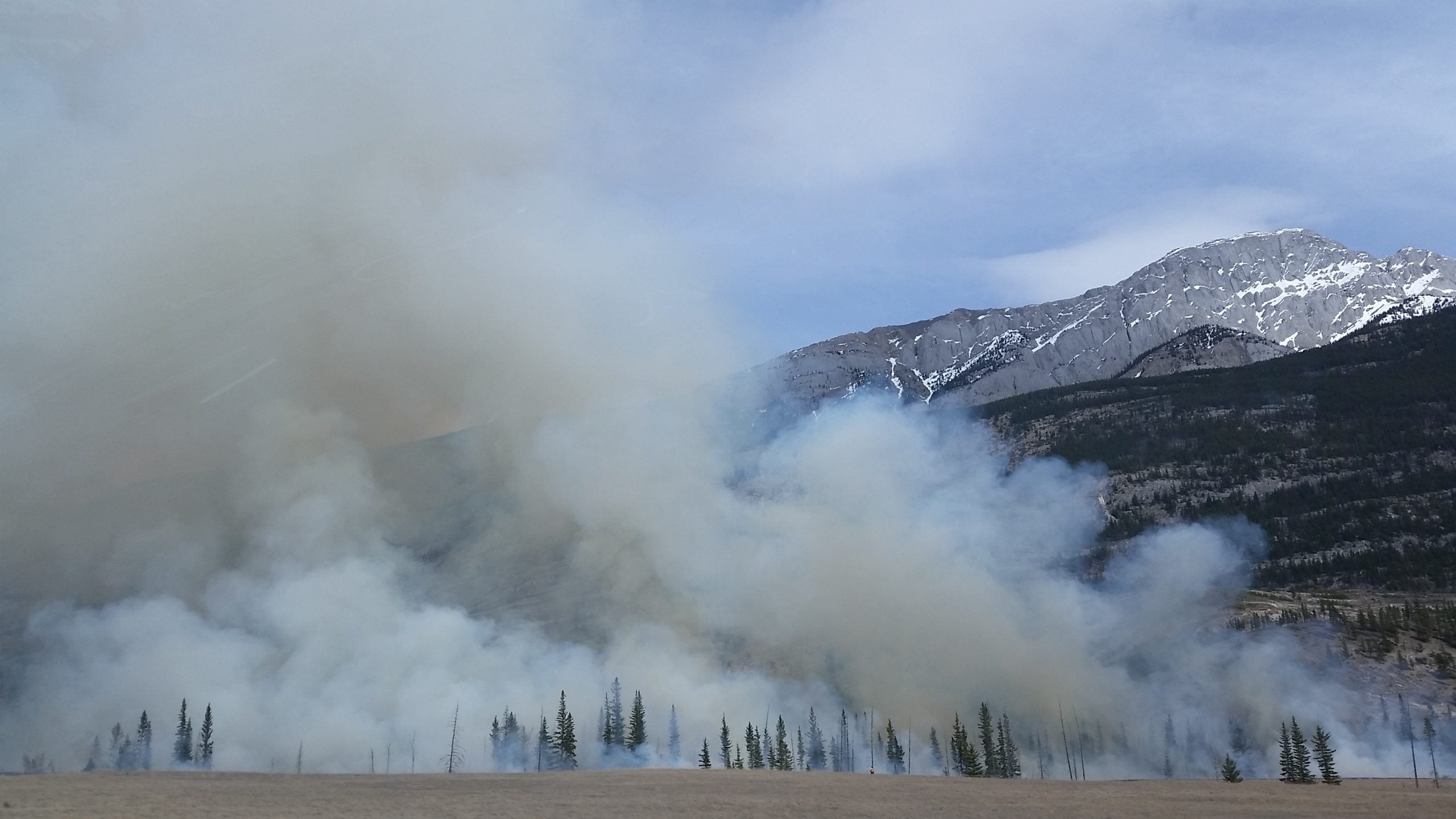Wildfires are nothing new. In most of North America, fires are actually critical parts of a functioning ecosystem. Recovering forests play important and often underappreciated roles as ephemeral homes for fire-adapted species, and the mosaic left behind by a fire – untouched forests, slightly dead forests, totally burnt forests – is important for regulating future fires, insect outbreaks, and as habitat.
For thousands of years, forests have generally recovered from fires. Some species, like lodgepole pine, can require fires to regenerate. It’s a natural dance between burnt and recovering, operating on a timescale much longer than a human lifespan but regular and healthy.
But climate change is upending all that. Conditions are hotter and drier. Fires are hotter and bigger. Soils are burning deeper and are less shaded afterwards. There are less seeds available after a fire, because of the more intense fires, and the soil conditions they experience are often sunbaked, dry, and lethal.
These conditions across the US West are making it much less likely that forests will survive.
Forests simply aren’t recovering from fires in emerging climates
In new research published in PNAS, my coauthors and I collected regeneration of eight different species after 334 wildfires across more than 10,000 plots. More than 50 teams participated in field collection. Then, we correlated regeneration with climate conditions in the years after the fire. The results were clear – likelihood of regeneration after a fire is lower than it was in the past.
Prior to 2000, about 95% of the areas studied – which spanned the US West – had conditions conducive to recovery. In the future, however, things get worse, and by 2050 models suggest that only 75% of the West will have climates that are associated with successful regeneration. The worst-off areas are the drier, warmer regions of low elevation California and the southwest; higher elevations, like the Rockies, should fare better. But even the high mountains are not spared, climate is already crossing key thresholds for regeneration viability in lower elevation Colorado and Montana forests.
What can we do about it?
The trees are at the mercy of climate. But we can take action. In Arizona, where fires were historically lower severity, restoration projects may be able to reduce the severity of future fires even in a warmer climate, leaving more seed sources for regeneration. Imagine thinning, controlled burns, and fuel reductions in key parts of the landscape.
In other locations, where high intensity fires were, and will be, the norm, replanting after fires may be required. In the most dramatic cases, we may need to consider more transformative actions like assisted migration, where tree species from warmer climate are planted in new areas, essentially helping them move with climate change but also providing a more climatically suitable species to maintain forest cover.
Fires are essentially catalysts of change for both people and nature, and thus opportunities to adapt to the new climate normal. What that looks like depends on where you are. The good news: Congress has set approximately $3 billion for forest management, restoration, and reforestation over the next 10 years. Science-led planning is necessary to use these resources well, and in a way that will be valuable in the future. This research provides much-needed information on when and where forests are most vulnerable, which is extremely important given the rapid pace of warming across the West.










